An open terrain of rock, usually composed of sedimentary rock like sandstone or shale, that is generally level to the ground found on an incline – that’s a rock bench. Sitting atop a mountain or hillside, it’s a perfect perch to admire the scenery.
As time progresses, the relentless force of nature is capable of producing remarkable works of art. One such masterpiece is the rock bench, crafted through the powerful wearing-down of natural elements. Waters, winds, and even ice can operate in a dynamic dance of erosion, gradually chiseling away at the stone to form a smooth, level surface.
After prolonged exposure to the elements, the rock bench will continue to expand, becoming wider and extra long due to erosive forces. Its dimensions are greatly governed by the rock’s composition, the amount of wear inflicted upon it, and the degree of its inclination.
A rock bench can be a handy and efficient attribute for both people and other living creatures. For humans, it works as a level area to develop on or camp on, as well as serving as a map pointer or giving guidance with difficult ground.
Rock benches serve a multitude of purposes for animals, from a safe haven away from predators to a spot for surveying their surroundings. These crags, too, offer creatures an ideal place of solace and respite.
Despite its sluggish formation, the fabrication of a rock bench can be accelerated with water or ice. As this procedure often takes a lengthy time to complete, the introduction of these elements can hasten its progress considerably.
Once you’ve located a patch that’s even with the terrain, you can commence demarcating the area for your stone bench. Establishing these boundaries will kickstart the drilling process.
To make a hole for the bench, you have to gather some supplies. One of the most essential components to secure is a drill bit.
To successfully bore through rock, it is essential to select an appropriate drill bit. Depending on the variety of rock being pierced, there are several options of bit to choose from.
All the required materials in-hand, you can start the process of setting up the drill bit. It has to go precisely in the middle of the region that will be drilled.
Once the drill bit has been safely secured, it is time to get the drilling underway. Be sure to start off slowly in order to prevent any potentially damaging fractures to the bit itself.
As you penetrate the rock, it’s important to monitor the advancements of the opening. Should it begin to expand beyond the desirable parameters, you must temporarily take a break and tidy up the area surrounding the cavity.
After piercing the stone, you can sever the bond between the drill bit and the rock in order to begin boring the ensuing hole.
To ensure that holes are evenly distributed, begin at one side of the bench and progress systematically until you reach the other end. Careful patterned drilling is essential for a seamless result.
As you use the drill to punctuate the walls, examine the depth of the pockets each time. Aim to make them no lower than the width of the limestone platform.
Finishing up the task of puncturing the hole sequence, the location around the bench requires tidying up. Sweep away any wayward stones or fragments that may have been unleashed from above.
After clearing away the debris, spread a layer of high-grade concrete to fill in the gaps. This resilient material will guarantee that your bench stands strong in the long run.
Following the hardening of the concrete, an interval of up to 24 hours must be given for the curing process to take place.
Following the hardening of the concrete, benches can be appropriately placed with a variety of attachments, including bolts and screws. Installation of the benches is the next logical step.
The crucial step to guarantee utilizing the rock bench securely is to precisely install it. Once complete, you can take pleasure in your fresh-looking seat.
Related Product
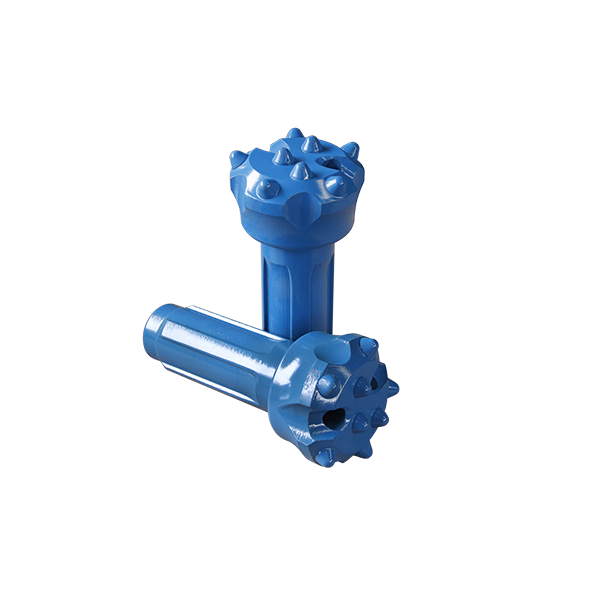
CIR Series DTH Bits(Low Pressure) CIR76-76
Down-the-hole (DTH) hammer bits are used with Down-the-hole hammers for drilling holes through a wide range of rock types. In conjunction with DTH hammers, drill hammer bits are de […]

Cir Series Dth Bits(Low Pressure) Cir90-90
Down-the-hole (DTH) hammer bits are used with Down-the-hole hammers for drilling holes through a wide range of rock types. In conjunction with DTH hammers, drill hammer bits are de […]
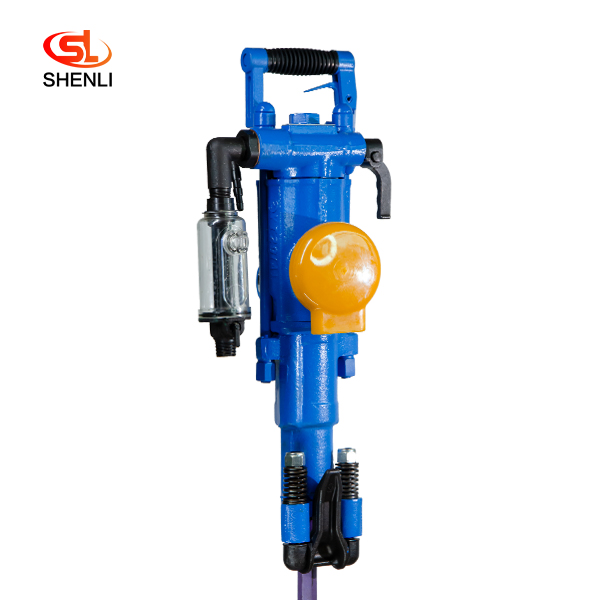
YT29A Air Leg Pneumatic Rock Drill Pusher Leg Rock Drill
YT29A air-legged rock drills are heavy-duty push-leg (air-legged) rock drills with low energy consumption, which are more suitable for drilling horizontal or inclined holes in medi […]

Taper Bits
Taper bits, especially Tapered button bits are the most popular tapered drill bits with a wide selection of head diameters from 26mm to 48mm. With carbide buttons cold pressed on t […]
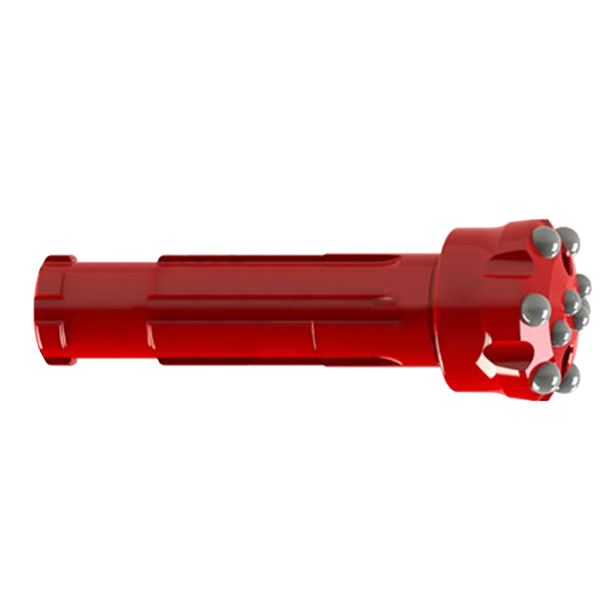
DHD Series DTH Bits(High Pressure) DHD
high pressure drill bit is mainly used in geological exploration, coal mine, water conservancy and hydropower, highway, railway, bridge, construction and construction, etc. Advanta […]
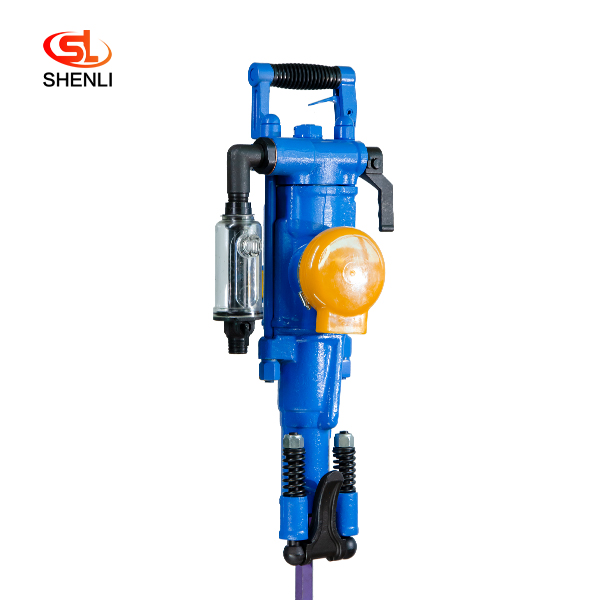
YT28 Air Leg Pneumatic Rock Drill Pusher Leg Rock Drill
The YT28 air-leg rock drill is a kind of high-efficiency, energy-saving and environmentally friendly rock drilling equipment. Compared with similar pneumatic products, the YT28 air […]
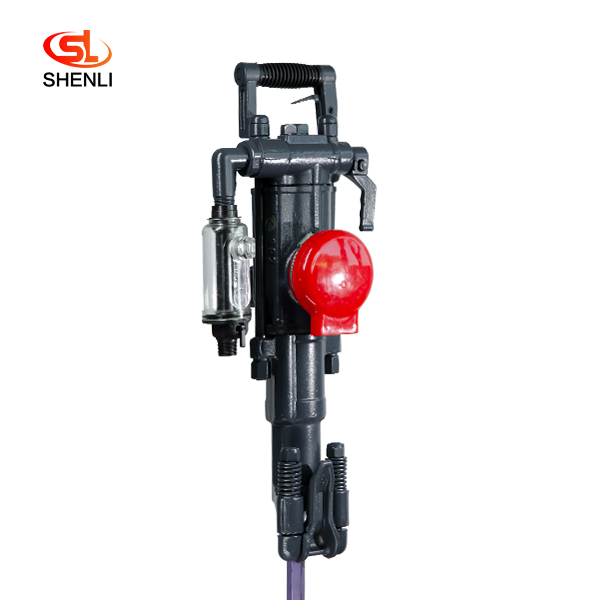
S82 Air Leg Pneumatic Rock Drill Pusher Leg Rock Dril
Model S82 air-legged rock drills are heavy-duty air-legged rock drills with high efficiency and low consumption, which are especially suitable for use in the construction of railro […]
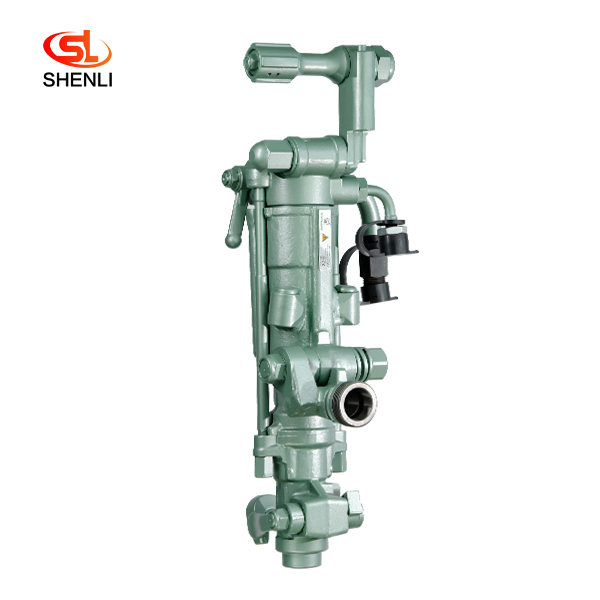
S250 Air Leg Pneumatic Rock Drill Pusher Leg Rock Drill
(S250 jackleg Drill) has been the preferred choice of miners who demand high performance, superior control and lasting reliability. the S250 jackleg allows operators to drill in co […]
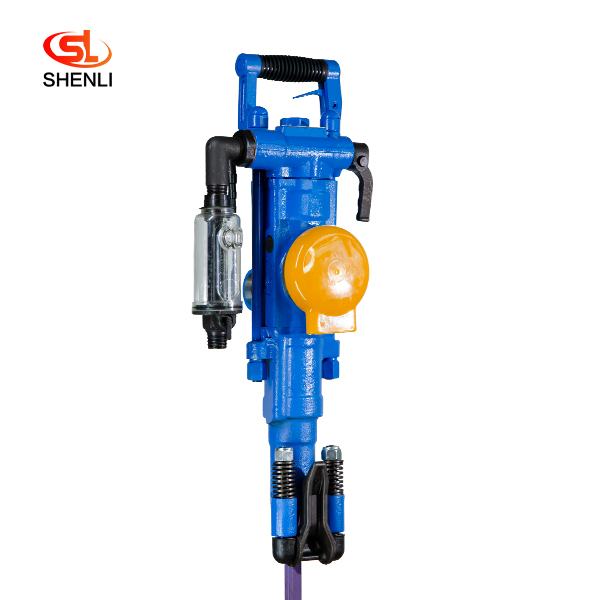
YT27 Air Leg Pneumatic Rock Drill Pusher Leg Rock Drill
The YT27 air-legged rock drill is a highly efficient lightweight rock drill suitable for downward or inclined drilling in medium-hard or hard (f=8 – 18) rock with a diameter […]
Post time: 2023-06-29

